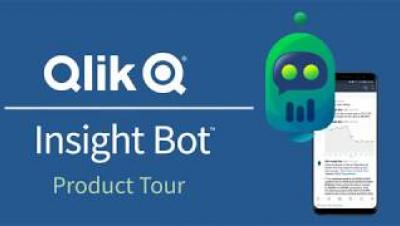Don't blame your people for not being data-driven, blame your technology
Recently, I read why companies are failing in their efforts to become data-driven in the Harvard Business Review. It said that 72% of Chief Data Officers believe their organization doesn't have a data culture and 92.5% of them blame their people. But I think they’re wrong. The real issue is that people aren’t using the tools that their CDOs have bought for them. That means the problem isn’t with the users, it’s with the technology they’ve been given.







